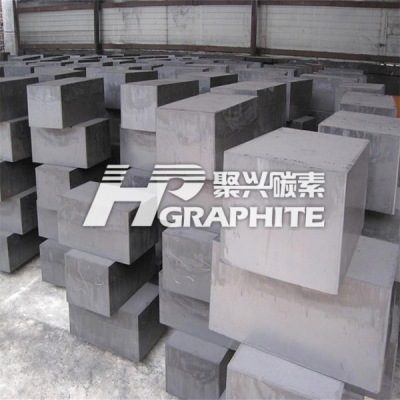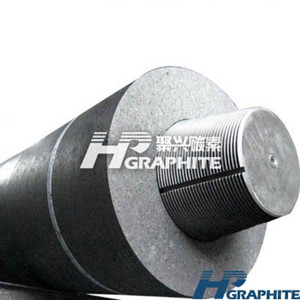【Industry Knowledge】Causes of Cracks and Warping in Carbon Materials during Calcination

【Industry Knowledge】Causes of Cracks and Warping in Carbon Materials during Calcination
Calcination of carbon materials refers to the high-temperature heat treatment process in which formed carbon products are heated in a protective medium inside a calcination furnace, under the condition of isolating air, to carbonize the coal tar pitch in the green bodies. Get the best quality graphite block info.
The main purpose of calcination of carbon materials is to remove volatile components, coking of binders, shape the products, and improve their electrical conductivity and physical and chemical properties. However, during the calcination process, carbon materials are prone to issues such as cracks and warping, leading to the production of defective products. The reasons for these issues are as follows:
Ⅰ. Longitudinal cracks
Longitudinal cracks are cracks that appear along the longitudinal direction of the roasted product. Generally speaking, the causes of longitudinal cracks include:
1. The green bodies are placed too close to the heating wall in the calcination furnace, resulting in rapid localized heating and uneven expansion or contraction of the green bodies.
2. Improper or incorrect formulation of the heating rate curve, leading to excessively fast heating during the volatiles discharge stage, causing a large temperature difference between the interior and surface of the green bodies, resulting in surface cracks.
3. Rapid cooling during the cooling stage, causing inconsistent contraction between the surface and interior of the calcined bodies, resulting in cracks.
4. Local leakage in the furnace wall, causing rapid heating of certain areas of the green bodies.

Ⅱ. Transverse cracks
Cross cracks are cracks that occur along the circumference of the green billet, mainly caused by poor quality of the billet. The reasons for its occurrence include:
1. When forming, the temperature of the paste is low, and the pre pressing pressure is insufficient or the pre pressing time is short, resulting in insufficient pressure;
2. When the pressure plunger of the extruder returns, the paste in the material chamber is pulled off, but it is not well combined when squeezed again. Although the surface is smooth after pressing, there are defects in the internal structure of the green billet, which is prone to transverse cracks during roasting;
3. The plastic parts of the two batches of paste have significant differences and poor bonding, resulting in defects in the internal structure of the green billet;
4. The plunger head of the press is coated with too much oil, causing the joint between the two pots of paste to not stick, which can easily cause cracks after roasting;
5. During the roasting process, the temperature rises too quickly, resulting in a large temperature difference between the top and bottom of the green billet and causing transverse cracking;
6. When cooling down, the upper filling material is taken out too early, causing the upper part of the roasted billet to be exposed to the air, while the lower part is still buried in the filling material. The difference in shrinkage rate between the upper and lower parts of the roasted billet causes transverse cracking;
7. Insufficient calcination of raw materials, or mixing of raw material blocks during batching, resulting in secondary shrinkage during calcination;
8. Uneven kneading of paste or presence of water in the paste;
9. The binder content in the paste is too low, and the powder content is too high;
10. Excessive forming pressure leads to excessive internal stress in the green billet, and the internal stress is released too quickly during the roasting process.

Ⅲ. Bending, deformation
Bending refers to the bending degree of the roasted billet in the longitudinal direction exceeding the allowable size deviation, while deformation refers to the local protrusion or depression that occurs in the longitudinal or circumferential direction of the roasted billet and exceeds the allowable size deviation. The reasons for its occurrence include:
1. The amount of binder in the paste is too high, making it prone to bending and deformation during roasting;
2. Improper roasting and furnace loading operation, such as excessive furnace box temperature during furnace loading, prolonged furnace loading, failure to timely block the gaps around the green billet with filling materials, incomplete filling of filling materials, and local voids around the green billet;
3. The filling material contains too much moisture, there are large particles in the filling material, the amount of new filling material is too high, and the temperature of the filling material is too high;
4. When charging, the green billets are not vertical or the combination of upper and lower green billets is unreasonable. The length of the upper green billets is different, and the lower green billets are under greater pressure, which can also easily cause bending and deformation;
5. The condition of the furnace chamber is poor, such as cracks at the bottom of the furnace, resulting in the leakage of some filling materials and the creation of local empty areas without filling materials;
6. The heating rate during the low-temperature stage of roasting is too slow, and the distance between the green billets and the furnace wall is too small. Contact us for more technical guidance on carbon materials.
No related results found








0 Replies